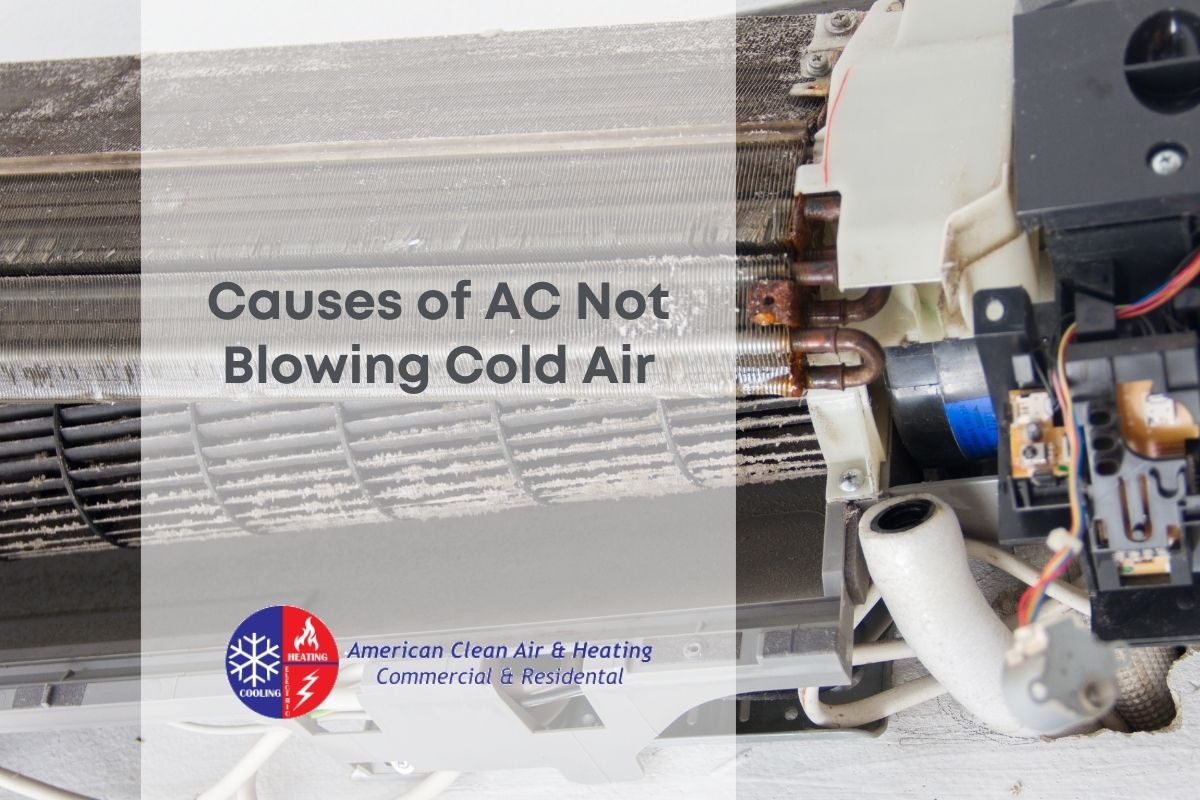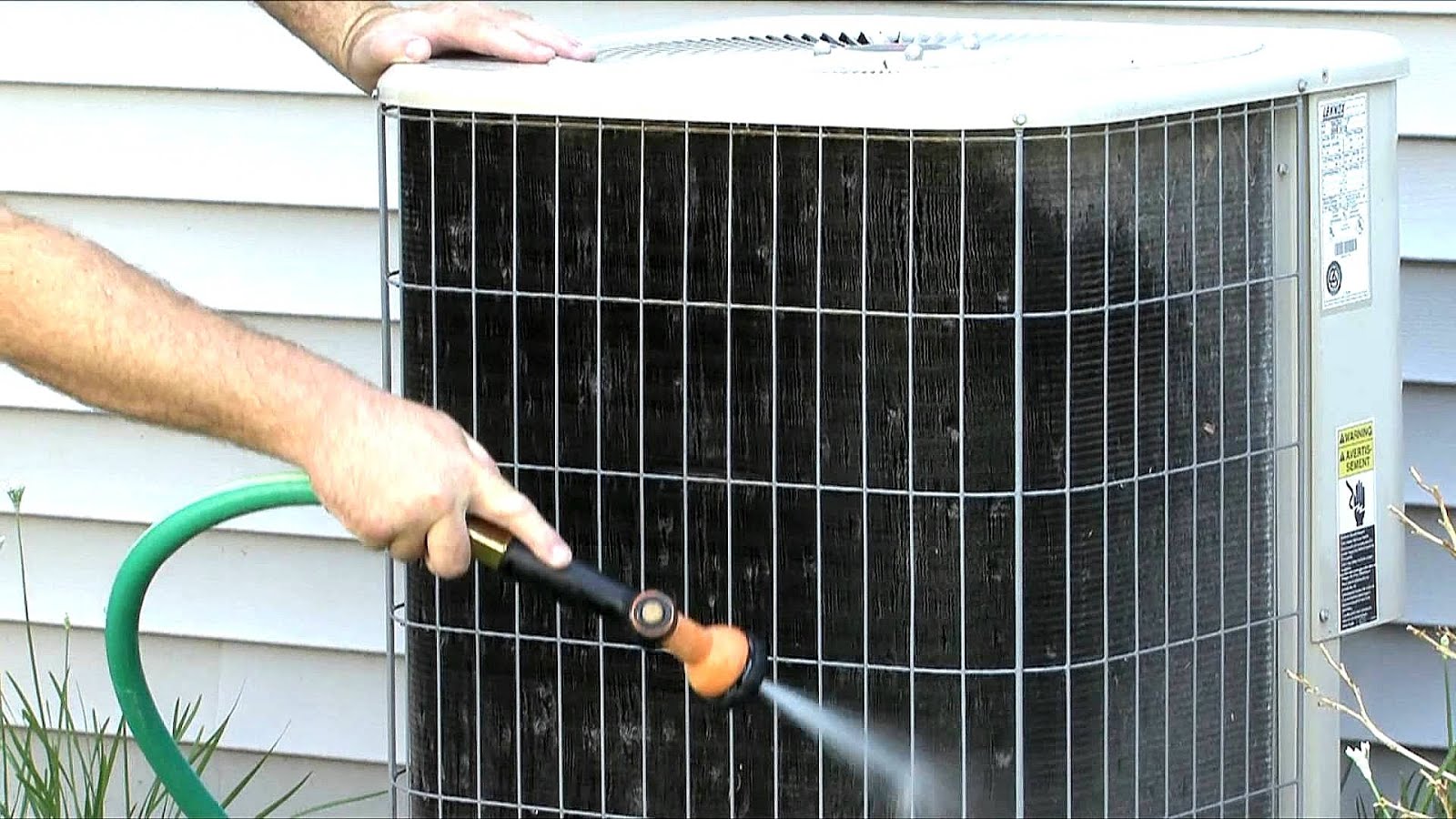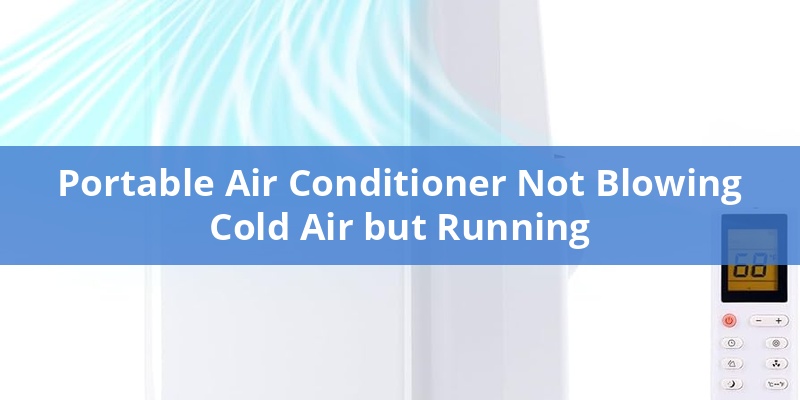Ac Unit Not Blowing Cold Air But Running

Why Is My AC Unit Running But Not Blowing Cold Air? A Comprehensive Guide
Few things are more frustrating than an air conditioning unit that's running constantly but failing to deliver cool air, especially during the peak of summer. This situation can lead to discomfort, increased energy bills, and unnecessary wear and tear on your system. Understanding the potential causes and troubleshooting steps is crucial for homeowners, real estate investors, and even contractors advising clients.
Common Culprits Behind Weak or Warm Airflow
Several factors can contribute to an AC unit's inability to blow cold air. Here's a breakdown of the most common:
- Refrigerant Leaks: This is perhaps the most frequent cause. Refrigerant is the lifeblood of your AC, responsible for absorbing heat. Leaks, often caused by corrosion or damage to refrigerant lines, reduce the system's ability to cool effectively.
- Dirty Air Filter: A clogged air filter restricts airflow, forcing the AC unit to work harder and reducing its cooling capacity. It's a simple fix often overlooked.
- Dirty Condenser Coils: The condenser coils, typically located in the outdoor unit, release heat. When these coils are covered in dirt, debris, or vegetation, they can't effectively dissipate heat, leading to reduced cooling.
- Frozen Evaporator Coils: This can occur when airflow is restricted (e.g., due to a dirty filter) or when there's a refrigerant leak. The coils become too cold, causing moisture to freeze on them, further blocking airflow.
- Faulty Compressor: The compressor is the heart of the AC system, responsible for circulating refrigerant. If it's failing, the system won't cool properly. A failing compressor is a significant repair.
- Blocked or Leaky Ductwork: Damaged or poorly sealed ductwork can lead to significant air loss, meaning cooled air is escaping before it reaches your living spaces.
- Electrical Issues: Problems with the capacitor, fan motor, or other electrical components can prevent the unit from functioning correctly, even if it appears to be running.
- Thermostat Malfunction: A faulty thermostat might not be accurately sensing the temperature or signaling the AC unit to cool properly.
Troubleshooting Steps You Can Take
Before calling a professional, there are a few troubleshooting steps you can attempt yourself:
- Check the Air Filter: Replace a dirty air filter immediately. Aim to replace your air filter every 1-3 months, depending on usage and air quality.
- Inspect the Outdoor Unit: Ensure the condenser unit is free from debris, leaves, and vegetation. Clear any obstructions within a few feet of the unit.
- Check for Ice on the Evaporator Coils: If you suspect frozen coils, turn off the AC unit and allow the ice to melt completely. This can take several hours. After melting, ensure the air filter is clean before restarting the unit.
- Thermostat Settings: Verify that the thermostat is set to "cool" and that the temperature is set appropriately. Also, check the thermostat's batteries if it's a digital model.
- Ensure Vents are Open: Make sure all supply vents are open and unobstructed to maximize airflow.
When to Call a Professional HVAC Technician
If you've tried the basic troubleshooting steps and your AC unit is still not blowing cold air, it's time to call a qualified HVAC technician. Specifically, you should contact a professional if you suspect:
- Refrigerant Leaks: Handling refrigerant requires specialized equipment and certification.
- Compressor Problems: Diagnosing and repairing a compressor is a complex task best left to professionals.
- Electrical Issues: Working with electrical components can be dangerous.
- Ductwork Problems: Locating and repairing ductwork leaks often requires specialized equipment and expertise.
Understanding SEER, AFUE, and HSPF Ratings
When evaluating AC units, understanding key efficiency ratings is crucial. These ratings help you compare the energy efficiency of different models and estimate their operating costs:
- SEER (Seasonal Energy Efficiency Ratio): Measures the cooling efficiency of an AC unit. Higher SEER ratings indicate better efficiency. The minimum SEER rating currently mandated by the U.S. Department of Energy is 14 in most regions. Some high-efficiency units can achieve SEER ratings of 20 or higher.
- AFUE (Annual Fuel Utilization Efficiency): Applies to furnaces and measures their heating efficiency. A higher AFUE rating means the furnace wastes less fuel.
- HSPF (Heating Seasonal Performance Factor): Measures the heating efficiency of heat pumps. Similar to SEER, a higher HSPF rating indicates better efficiency.
Choosing an AC unit with a high SEER rating can significantly reduce your energy bills over the long term, even if the initial purchase price is higher.
Popular AC Brands and Models
Several reputable HVAC brands offer a wide range of AC units to suit different needs and budgets. Here are a few popular options:
- Carrier: Known for their high-efficiency models and advanced features. The Carrier Infinity series offers some of the highest SEER ratings available.
- Trane: Another leading brand with a reputation for reliability and durability. The Trane XV20i is a popular high-efficiency model.
- Lennox: Offers a wide range of AC units, from budget-friendly options to high-end models with advanced features. The Lennox Signature Collection features some of the most efficient units on the market.
- Goodman: A more budget-friendly option that still offers decent performance and reliability.
- Rheem: Known for their innovative technology and smart home integration.
When selecting a model, consider the size of your home, your budget, and your desired level of energy efficiency. Consult with an HVAC professional to determine the appropriate size and type of unit for your needs.
Warranty Information and Maintenance Needs
A comprehensive warranty is essential for protecting your investment in a new AC unit. Most manufacturers offer a base warranty that covers parts for a specified period, typically 5-10 years. Some also offer extended warranties that cover labor costs.
Proper maintenance is crucial for extending the lifespan of your AC unit and ensuring optimal performance. Regular maintenance tasks include:
- Replacing the air filter regularly.
- Cleaning the condenser coils annually.
- Having a professional HVAC technician inspect the system annually.
- Ensuring proper airflow around the outdoor unit.
Consider scheduling a professional maintenance appointment in the spring to prepare your AC unit for the summer months.
The Cost of AC Repair and Replacement
The cost of repairing or replacing an AC unit can vary widely depending on the severity of the problem and the type of system you have. Minor repairs, such as replacing a capacitor or cleaning the condenser coils, might cost a few hundred dollars. Major repairs, such as replacing the compressor or evaporator coils, can cost several thousand dollars.
A complete AC unit replacement can range from $3,000 to $8,000 or more, depending on the size and efficiency of the unit, as well as the complexity of the installation.
When faced with a costly repair, it's important to weigh the cost of the repair against the cost of replacing the unit. If your AC unit is old or inefficient, replacing it with a new, high-efficiency model might be a more cost-effective option in the long run.
Financing Options for New HVAC Systems
Replacing an AC unit can be a significant expense. Fortunately, several financing options are available to help homeowners manage the cost:
- Manufacturer Financing: Many HVAC manufacturers offer financing programs with competitive interest rates.
- Home Equity Loans or Lines of Credit: These can be a good option if you have equity in your home.
- Personal Loans: Unsecured personal loans can be used to finance an HVAC replacement.
- Government Rebates and Tax Credits: Check with your local utility company and state government for available rebates and tax credits for energy-efficient HVAC systems.
Researching and comparing different financing options is crucial to finding the best solution for your budget.
Conclusion
An AC unit that's running but not blowing cold air is a common problem with various potential causes. By understanding the common culprits, taking basic troubleshooting steps, and knowing when to call a professional, you can effectively diagnose and address the issue. When considering a new AC unit, be sure to evaluate SEER ratings, warranty information, and maintenance needs to make an informed decision that suits your needs and budget. Remember, investing in a high-efficiency system and proper maintenance will provide lasting comfort and significant energy savings for years to come.










